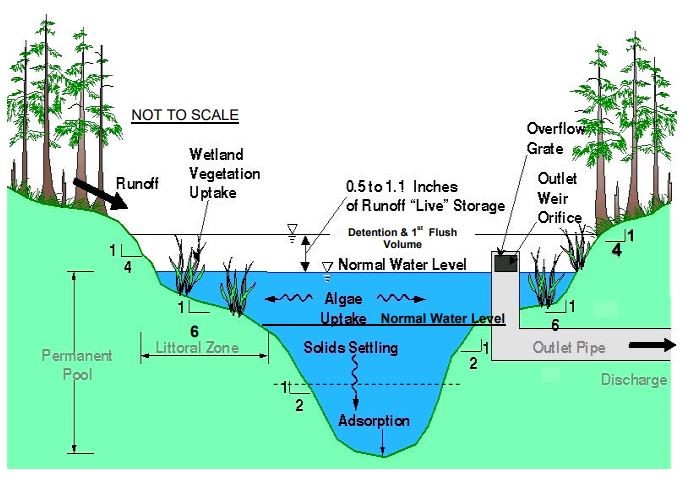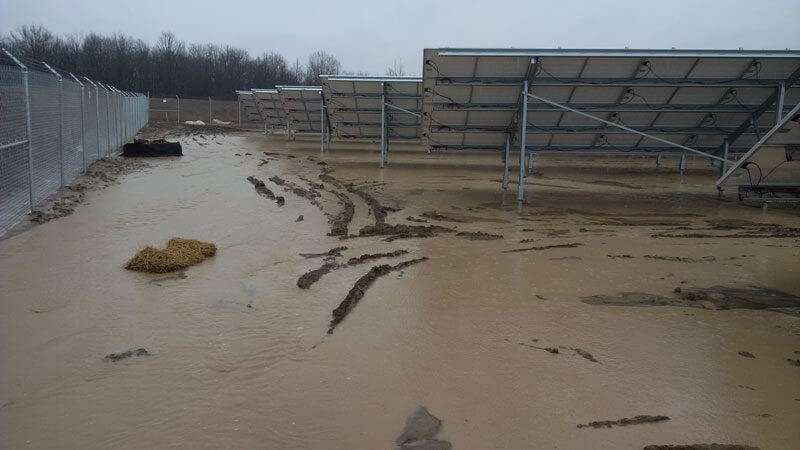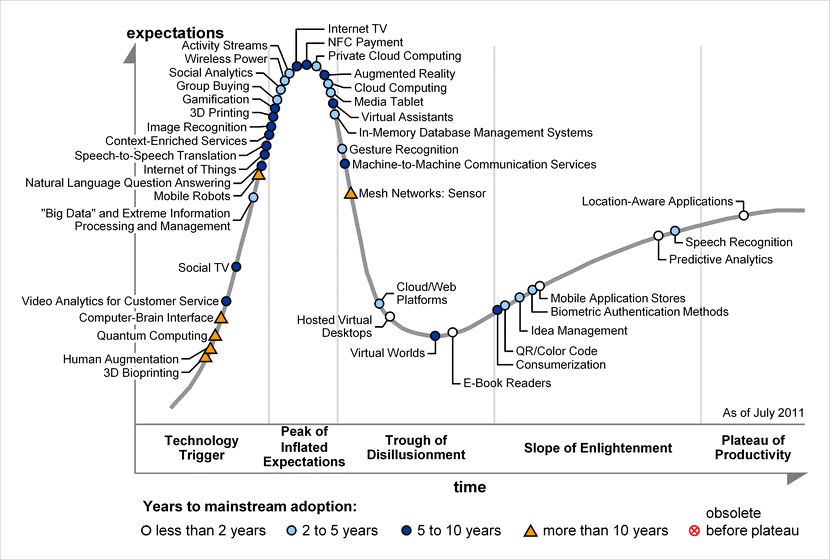Optimization of Drainage Systems on Solar PV
The most effective use of a storm drainage system can be carried out by optimization. By considering the environmental and topographical condition at project site, significance and probability of flood risk, most optimized way of storm drainage system can be adopted.
In a Low lying solar PV project site, Mechanical dewatering (pumping) may be the only option, however cost of pumping station, fuel/electricity may be significant. Failure in pumping system due to any reason may lead to flooding. As the overall area in and around the project site is low lying and flooded, disposal of site runoff outside the project boundary may not additionally impact the adjacent area. However, it need to be verified before planning the mechanical dewatering.
If the Project site has a Uniform outward slope, Drainage system can be avoided by treating local depressions in the site by cutting and filling. However, if the site strata are rocky or soil for the backfilling is need to bring from outside, then cost of cutting and backfilling may be significant.
In the case of a highly mild slope or flat ground where the project site is built, the only way is pumping water outside the project boundary which may increase the flood significance in the adjacent land and may lead to property damage. Therefore, mechanical dewatering (pumping) may also not feasible to drain the site runoff. In such condition, infiltration ponds and infiltration trenches may be a solution to explore. Infiltration ponds and trenches may be created in the entire project site at several locations uniformly. After each rainfall event, the pond and trenches may get filled with water and it shall get infiltrate and evaporate completely or partially before the next rainfall event. However, this solution may require huge land, good infiltration rate of soil, high temperature, low humidity and adequate gap between consecutive rainy days etc.
For a Steep gradient land in and around the project site, Increase in drainage section and requirement of good lining material may increase the cost. Cost of drain at such site condition may be minimized by providing detention pond. Runoff water reached to the project site from the external catchment area may be collected in detention pond. Small outlet may be provided at the bottom of the detention pond and may be discharged into the site drain. As the outlet to the detention pond will be small, small section of drain may adequate to cater the discharge from the detention pond. As the outlet to the detention pond will be small and volume and rate of runoff water entering into the detention pond will be huge, water level in the detention pond may raise rapidly. Therefore, area and depth of detention pond may require huge. Water level in the detention pond may slowly lowered down after the rainfall event and detention pond may completely dry before receiving runoff water from the next rainfall event. Detention pond may be simply excavated to minimize the cost, however, higher requirement of land area for the detention pond may increase the cost. Also security fence or barricade may need to provide all around the detention pond.
For a Steep gradient land around the project site (i.e. in the external catchment area), but mild gradient land in project site, sectional requirement may increase which may require higher land/space to accommodate the drain. Un-lined drain may also be suitable, if the soil is cohesive non swelling. Drain sectional requirement may also be higher due to huge runoff from the external catchment. Therefore, to control the drain section, detention pond in this case may be a good solution.






